 Hazel Hotel
Hazel Hotel
Time Period: Early Twentieth Century (1901 - 1940)
 Hazel Hotel
Hazel Hotel
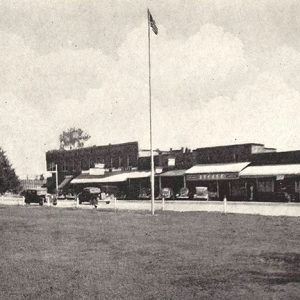 Hazen
Hazen
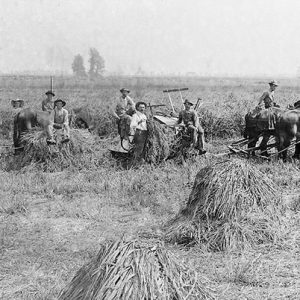 Hazen Rice Crop
Hazen Rice Crop
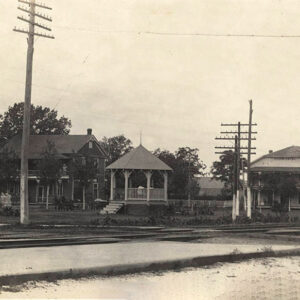 Hazen City Park
Hazen City Park
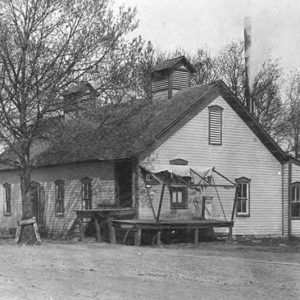 Hazen Creamery
Hazen Creamery
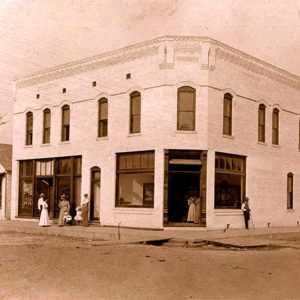 Hazen Post Office
Hazen Post Office
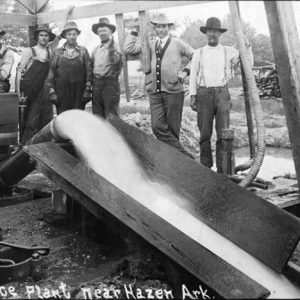 Hazen Rice Plant
Hazen Rice Plant
 Hazen Street Scene
Hazen Street Scene
 Hazen View
Hazen View
Hearn, May (Lynching of)
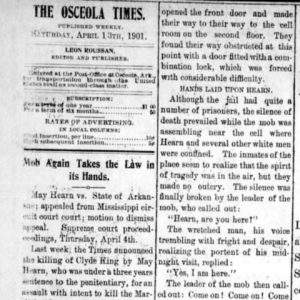 May Hearn Lynching Article
May Hearn Lynching Article
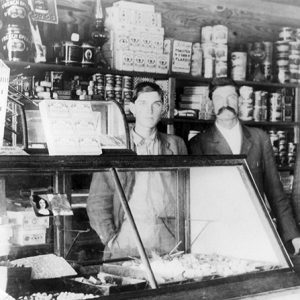 Hearn's Store
Hearn's Store
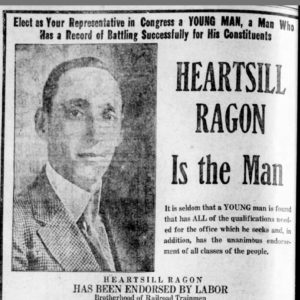 Heartsill Campaign Ad
Heartsill Campaign Ad
 Heber Springs Depot
Heber Springs Depot
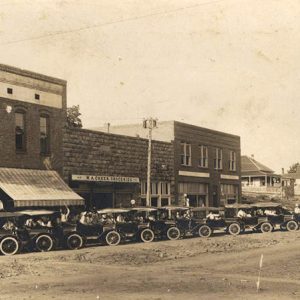 Heber Springs Street Scene
Heber Springs Street Scene
 Heber Springs Street Scene
Heber Springs Street Scene
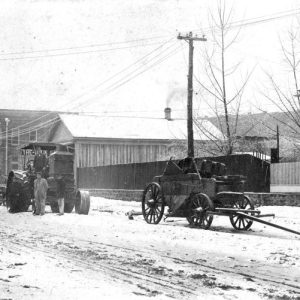 Heber Springs Street Scene
Heber Springs Street Scene
 Heber Springs Street Scene
Heber Springs Street Scene
 Education, Mural by Paul Heerwagen
Education, Mural by Paul Heerwagen
 Religion, Mural by Paul Heerwagen
Religion, Mural by Paul Heerwagen
 War, Mural by Paul Heerwagen
War, Mural by Paul Heerwagen
Heerwagen, Paul Martin
 Justice, Mural by Paul Heerwagen
Justice, Mural by Paul Heerwagen
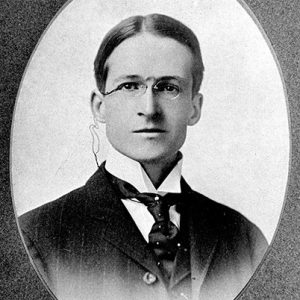 J. N. Heiskell
J. N. Heiskell
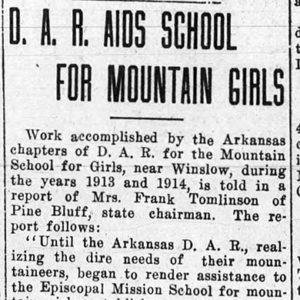 Helen Dunlap School Aid
Helen Dunlap School Aid
Helen Dunlap School for Mountain Girls
aka: Helen Dunlap Memorial School for Mountain Girls
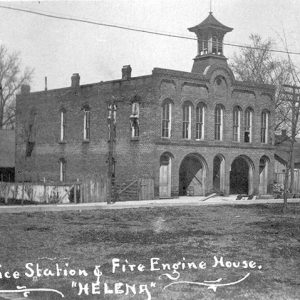 Helena City Hall
Helena City Hall
Helena Depot
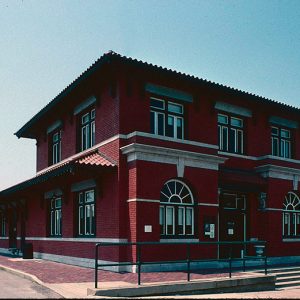 Helena Depot
Helena Depot
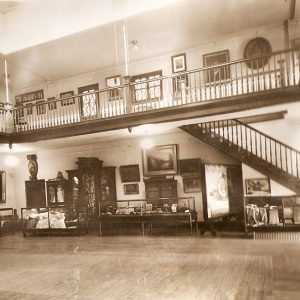 Helena Museum Interior: 1938
Helena Museum Interior: 1938
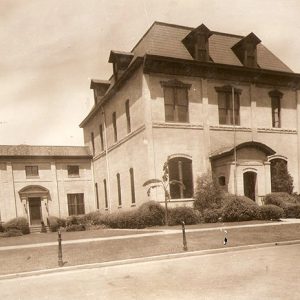 Helena Museum of Phillips County
Helena Museum of Phillips County
Helena Museum of Phillips County
aka: Helena Library and Museum
Helena National Guard Armory
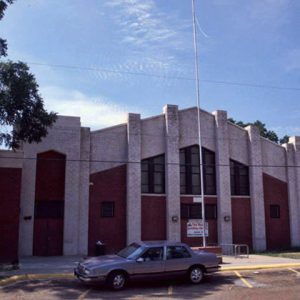 Helena National Guard Armory
Helena National Guard Armory
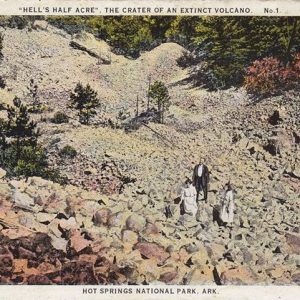 Hell's Half Acre
Hell's Half Acre
 "Hello, the Boat!"
"Hello, the Boat!"
Hellom (Lynching of)
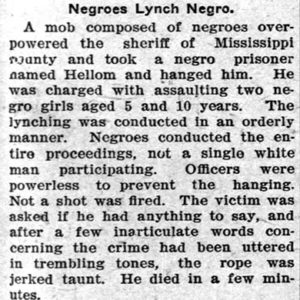 Hellom Lynching Article
Hellom Lynching Article
Helton, Kit (Execution of)
Hembree, Lathe (Execution of)
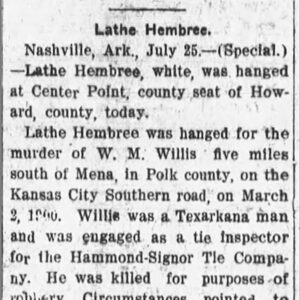 Lathe Hembree Execution Article
Lathe Hembree Execution Article
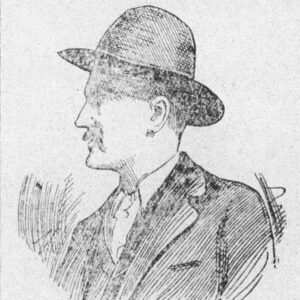 Lathe Hembree Portrait
Lathe Hembree Portrait
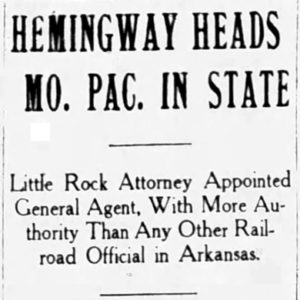 Hemingway Railroad Article
Hemingway Railroad Article
Hemingway-Pfeiffer Museum
Hempstead, Fay
 Fay Hempstead
Fay Hempstead
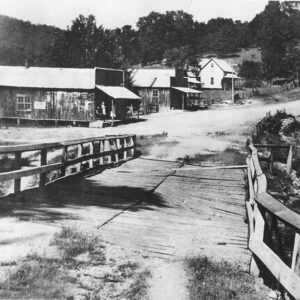 Henderson before Lake
Henderson before Lake
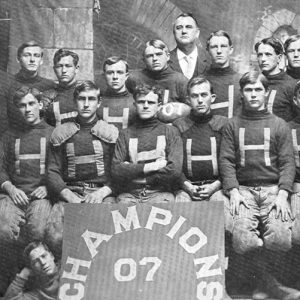 Henderson College Team, 1907
Henderson College Team, 1907
 Henderson Ferry
Henderson Ferry
 Henderson Ferry
Henderson Ferry




